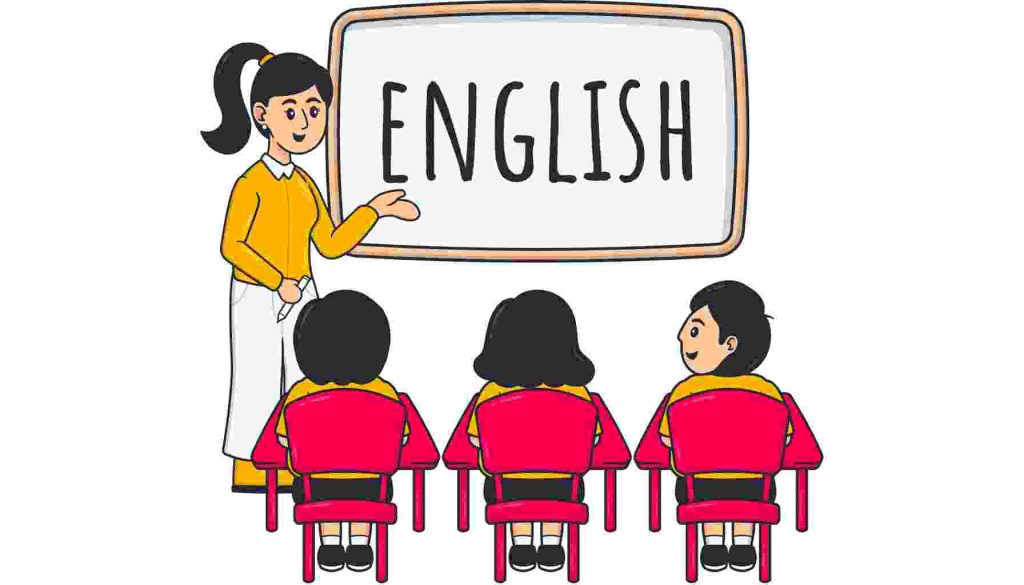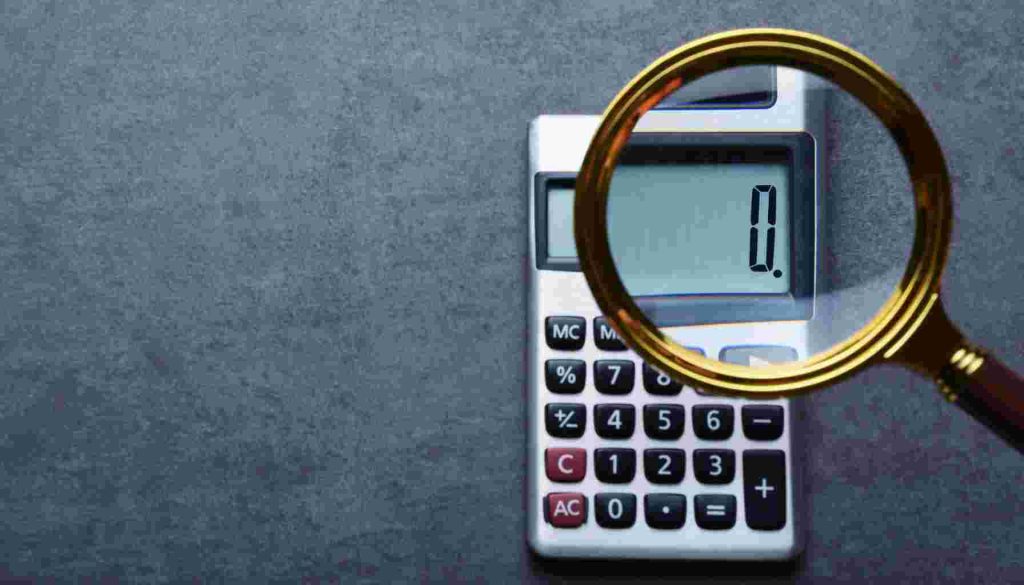لشرح متى نستخدم “has” و “have” باللغة الإنجليزية، من المهم أولاً فهم أن كلا من “has” و “have” هما أشكال من الفعل “to have”، الذي يعبر عن الامتلاك أو الحيازة. اختيار بين “has” و “have” يعتمد على الفاعل (subject) في الجملة. إليك شرح مفصل:
القاعدة الأساسية
- “Have” تُستخدم مع الضمائر “I”, “you”, “we”, “they” والاسماء المفردة والجمع التي لا تعبر عن الأشخاص الثالث في المفرد.أمثلة:
- I have a book.
- You have a question.
- We have a meeting at 10.
- They have two cats.
- “Has” تُستخدم مع الضمائر “he”, “she”, “it” والأسماء المفردة التي تعبر عن الأشخاص الثالث في المفرد.أمثلة:
- He has a car.
- She has a new job.
- It has a long tail.
- The teacher has a red pen.
استخدامات خاصة
- في الزمن المضارع التام (Present Perfect)، نستخدم “have” أو “has” مع الفعل الماضي التام (past participle) للإشارة إلى حدث حدث في الماضي وله تأثيرات في الحاضر.أمثلة:
- I have finished my homework.
- She has gone to the market.
- في الجمل الاستفهامية، يمكن أن يتغير ترتيب “have” و “has” لتشكيل سؤال.أمثلة:
- Have you ever been to France?
- Has he called you?
- “Have” يمكن أن تستخدم أيضًا كفعل مساعد في الأوامر الخفيفة أو العروض.أمثلة:
- Have a seat, please.
- Have a look at this report.
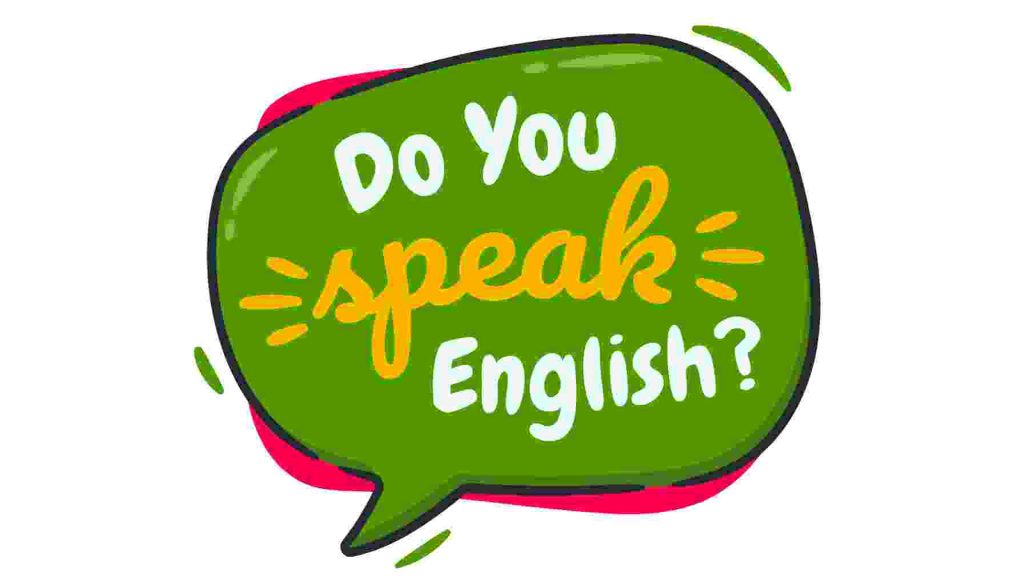
استخدام “Have” كفعل مساعد في الأزمنة الكاملة:
بالإضافة إلى استخدامها للدلالة على الامتلاك، “have” و “has” تستخدمان أيضًا كأفعال مساعدة في تكوين الأزمنة الكاملة (Perfect Tenses).
- الزمن المضارع التام (Present Perfect): يستخدم للإشارة إلى حدث حدث في الماضي وله تأثيرات في الحاضر أو مستمر حتى الآن.أمثلة:
- They have lived here for ten years.
- She has worked at the company since 2010.
- الزمن الماضي التام (Past Perfect): يستخدم “had” (الشكل الماضي من “have”) للإشارة إلى حدث حدث قبل حدث آخر في الماضي.أمثلة:
- They had finished the project before the deadline.
- She had left by the time we arrived.
استخدام “Have” في التعبيرات الثابتة:
“Have” و “has” يمكن أن تظهر في عدة تعبيرات ثابتة تعبر عن مفاهيم مختلفة غير الامتلاك.
أمثلة:
- To have breakfast/lunch/dinner: الإشارة إلى تناول الوجبات.
- I usually have breakfast at 7 a.m.
- To have a bath/shower: الإشارة إلى الاستحمام.
- He likes to have a shower in the morning.
- To have a good time: الإشارة إلى قضاء وقت ممتع.
- We had a great time at the party.
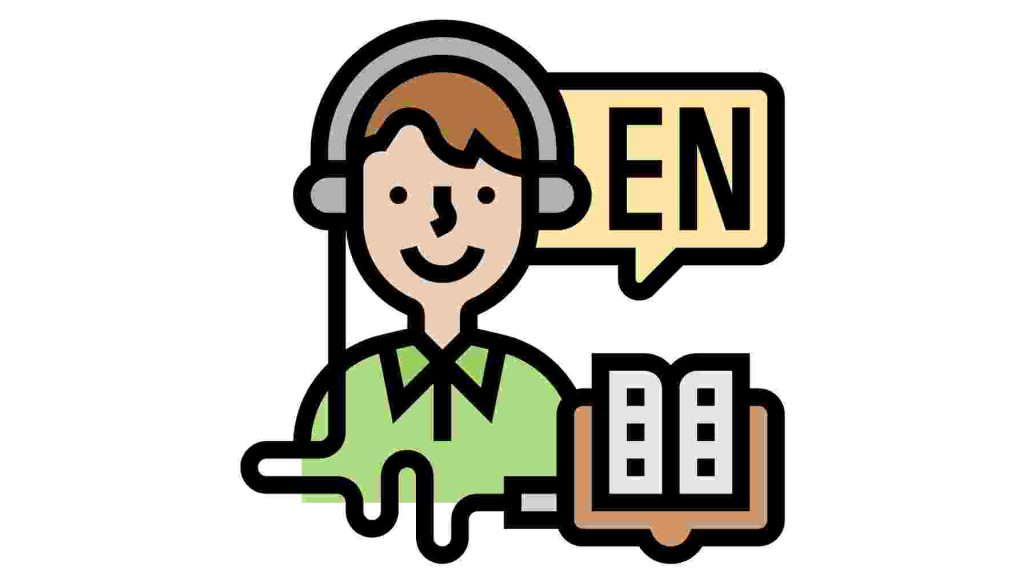
متى نستخدم has and have من اذاعة صوت مدرستي
لتحقيق فهم عميق للطلاب حول استخدام “has” و “have” في اللغة الإنجليزية، من المهم تقديم شرح شامل يشمل معلومات استثنائية، أمثلة واضحة، وتوضيح القواعد الأساسية. دعونا نغوص في التفاصيل:
فهم الأساسيات:
- “Have” و “Has” هما فعلان يعبران عن الامتلاك، الوجود، أو الضرورة. وهما يتبعان قاعدة بسيطة تتعلق بالفاعل في الجملة:
- “I”, “you”, “we”, “they” تتبعها “have”.
- “He”, “she”, “it” أو أي اسم مفرد يتبعه “has”.
الاستخدام في الأزمنة المختلفة:
- في الزمن الحاضر البسيط (Simple Present):
- “I have a dream.”
- “She has a cat.”
- في الزمن المضارع التام (Present Perfect):
- “I have finished my work.”
- “He has left the building.”
استثناءات ونصائح
- الأسئلة والنفي:
- عند تشكيل الأسئلة، “have” و “has” غالبًا ما تأتي في بداية الجملة:
- “Have you seen my glasses?”
- “Has she arrived yet?”
- للنفي، نستخدم “haven’t” أو “hasn’t”:
- “I haven’t finished my homework.”
- “He hasn’t called me back.”
- عند تشكيل الأسئلة، “have” و “has” غالبًا ما تأتي في بداية الجملة:
- استخدام “Have got” و “Has got”:
- في اللغة الإنجليزية البريطانية، من المعتاد استخدام “have got” و “has got” للتعبير عن الامتلاك:
- “I have got a new bicycle.” = “I have a new bicycle.”
- “She has got a problem.” = “She has a problem.”
- في اللغة الإنجليزية البريطانية، من المعتاد استخدام “have got” و “has got” للتعبير عن الامتلاك:
- الفعل المساعد في الأوامر اللطيفة:
- “Have” يمكن استخدامها في صيغة الأمر لتقديم نصيحة أو توجيه لطيف:
- “Have a seat, please.”
- “Have a nice day!”
- “Have” يمكن استخدامها في صيغة الأمر لتقديم نصيحة أو توجيه لطيف:
أمثلة متقدمة لتوضيح القاعدة
- تعبير عن التجارب:
- “I have traveled to Japan twice.” (التجربة)
- “He has never eaten sushi.” (عدم التجربة)
- التغييرات على مر الزمن:
- “She has grown so much since last year.” (التغيير)
- “They have become closer friends.” (التطور في العلاقات)
نشاط لتعزيز الفهم
- ممارسة تحويل الجمل: اطلب من الطلاب تحويل جمل من الإثبات إلى النفي والعكس، وكذلك من الجمل الإخبارية إلى الاستفهامية، مستخدمين “have” و “has”. هذا يعزز فهم الطلاب للقواعد في سياقات مختلفة ويشجع على التفكير النقدي.
فهم الفروق بين “has” و “have” وكيفية استخدامها بشكل صحيح يعد أساسيًا لإتقان اللغة الإنجليزية. من خلال الأمثلة الواضحة، الشرح المفصل للقواعد، والأنشطة التطبيقية، يمكن للطلاب تحسين قدرتهم على التواصل باللغة الإنجليزية بثقة ودقة.
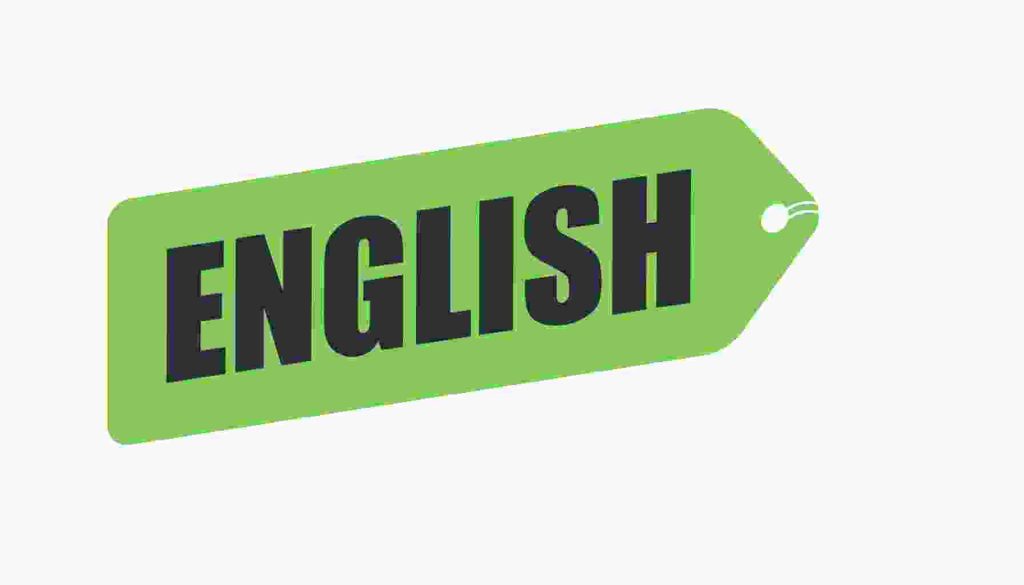
قصة بالانجليزية و لماذا استعملنا have و has بالتفسير
Once upon a time, there was a young girl named Lily who lived in a small village. Lily (have) a beautiful garden that she took care of every day. This garden (has) all sorts of flowers and vegetables, making it the most colorful spot in the village. One day, Lily (have) a brilliant idea to start a flower shop using the blooms from her garden. She (has) always loved flowers and (have) dreamed of sharing them with others. With a little help from her friends, who (have) different skills, she set up a small stand near the village square. Her best friend, Tom, (has) a knack for business and (have) helped her set the prices. Together, they (have) created a lovely space that attracted many villagers. Everyone (has) something nice to say about Lily’s flowers, and her shop quickly (have) become a popular spot. As the seasons changed, Lily (have) to adapt her garden. She (has) learned a lot about different types of flowers and what they (have) need to thrive. Her dedication (has) made her garden even more beautiful, and her business (have) grown. In the end, Lily (have) achieved her dream of bringing joy to her village through her flowers. She (has) shown that with passion and hard work, anyone (have) can make their dreams come true.
Lily (have) a beautiful garden – استخدمنا “have” لأن الفاعل “Lily” يعامل مثل “she” في هذا السياق، لكن الصحيح هو استخدام “has” لأن Lily مفرد ثالث شخص (خطأ شائع، يجب أن يكون “Lily has”).- This garden (has) all sorts of flowers – “has” استُخدمت بشكل صحيح هنا لأن “garden” مفرد ويعامل كـ”it”.
- Lily (have) a brilliant idea – مرة أخرى، كان يجب استخدام “has” (خطأ شائع، يجب أن يكون “Lily has”).
- She (has) always loved flowers – “has” استُخدمت بشكل صحيح لأن الفاعل هو “she”.
- Who (have) different skills – “have” استُخدمت بشكل صحيح هنا لأن “who” يشير إلى “friends” الذي هو جمع.
- Tom, (has) a knack for business – “has” استُخدمت بشكل صحيح لأن “Tom” مفرد ويعامل كـ”he”.
- Her shop quickly (have) become – كان يجب استخدام “has” (خطأ شائع، يجب أن يكون “her shop has”).
- Lily (have) to adapt her garden – هذه عبارة توضح ضرورة القيام بشيء، لكن في سياق القصة يبدو أنه كان يجب استخدام “had” للدلالة على الماضي.
- She (has) learned a lot – “has” استُخدمت بشكل صحيح مع “she”.
- Her dedication (has) made her garden – “has” استُخدمت بشكل صحيح مع “dedication” التي تُعامل كـ”it”.
- And her business (have) grown – كان يجب استخدام “has” (خطأ شائع، يجب أن يكون “her business has”).
- Lily (have) achieved her dream – يجب أن يكون “has” لأن الفاعل هو “Lily”.
- She (has) shown that with passion – “has” استُخدمت بشكل صحيح مع “she”.
الأخطاء في القصة المقدمة تُظهر أهمية فهم الفرق بين “have” و “has” وكيفية استخدامهما بشكل صحيح حسب الفاعل في الجملة. القاعدة العامة هي أن “have” تُستخدم مع “I”, “you”, “we”, “they” وأن “has” تُستخدم مع “he”, “she”, “it” وأسماء المفرد.

متى نستخدم “has” و “have”؟ بعد استعراض القواعد، الأمثلة، والنصائح المفيدة، نأمل أن يكون هذا المقال قد وفر لك فهمًا واضحًا وعميقًا لكيفية استخدام هذين الفعلين بشكل صحيح في اللغة الإنجليزية. سواء كانت الجمل تعبر عن الامتلاك، الحاجة، أو جزءًا من الأزمنة الكاملة، “has” و “have” تلعبان دورًا مهمًا في تكوين جمل صحيحة وطبيعية. نشجعك على مواصلة التمرين واستخدام هذه الأفعال في سياقات مختلفة لتعزيز مهاراتك اللغوية. تذكر أن الممارسة المستمرة هي مفتاح الإتقان، وبالتوفيق في رحلتك نحو إتقان اللغة الإنجليزية!

